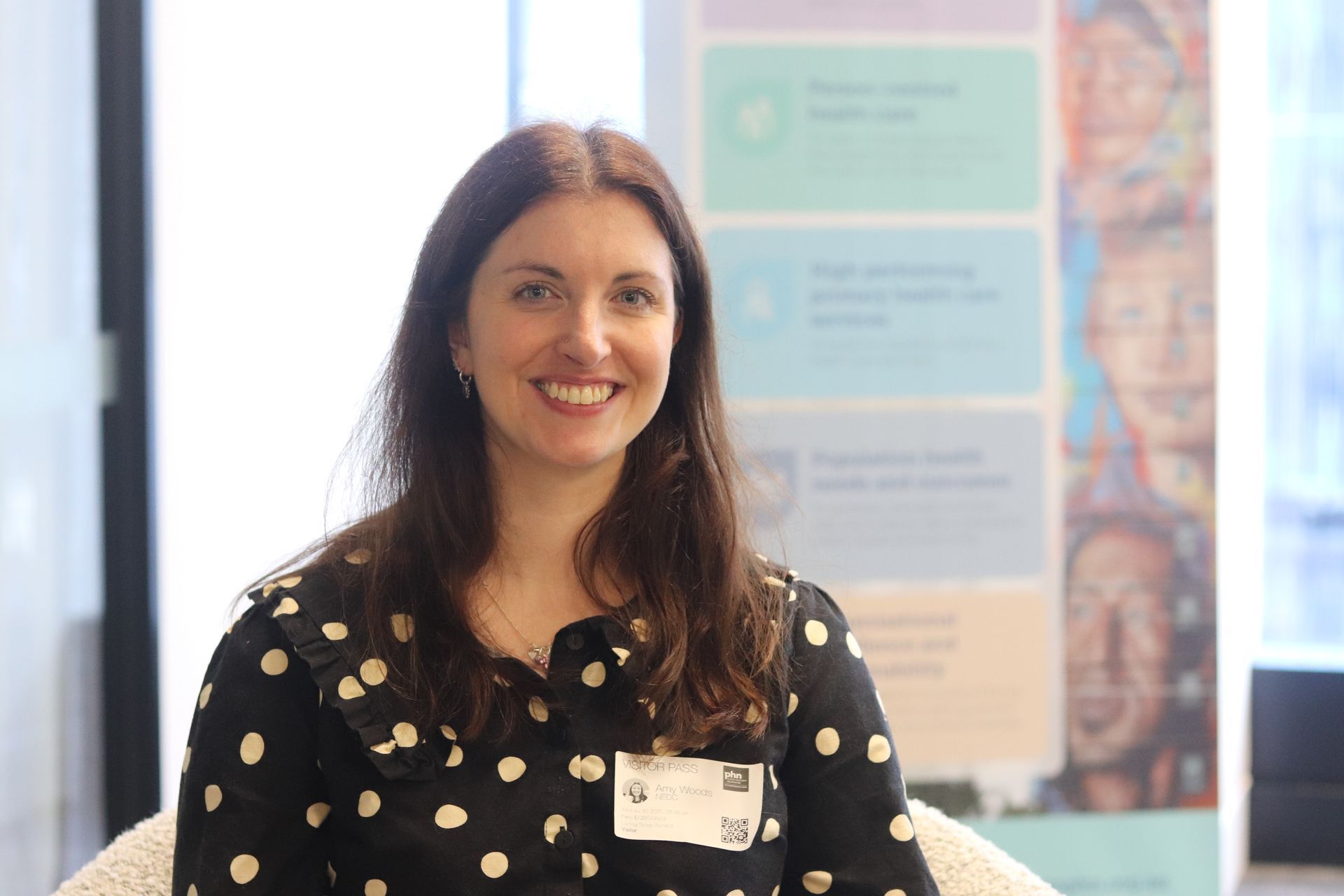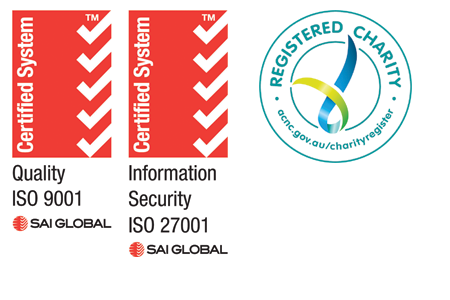Empowering clinicians to better understand eating disorders
By David Schout
It is estimated that 1.1 million Australians are currently living with an eating disorder.
In the NWMPHN region alone, the figure likely exceeds 80,000.
To help clinicians better understand and respond to eating disorders, NWMPHN has partnered with the National Eating Disorders Collaboration (NEDC) to develop training, resources and real-time, dedicated service assistance.
The Australian Government-funded project, called Right Care Right Place: Eating disorder care in my community, sees GPs, mental health professionals and dietitians trained to deliver eating disorder treatment and participate in ongoing professional development to boost their skills and confidence.
For GPs, the training focuses on early identification, screening, assessment, shared care, treatment pathways and recovery support.
Dr Nithya George was one of eight general practitioners to have completed the training by 30 June 2025.
“The training was in-depth and informative – it is highly useful and relevant content for preventative care,” she said.
“It was helpful in aiding the early identification and initial response of eating disorders, especially among men and adolescents.”
For mental health professionals and dietitians, the training follows a similar approach, with an option for the former to undertake additional training in evidence-based therapeutic models for children, adolescents and adults.
To 30 June 2025, 30 mental health professionals and 12 dietitians completed the Right Care Right Place modules.
After taking part in a training session at NWMPHN’s Docklands offices, IPC Health mental health clinician Gerard Tan said he was already putting the modules to use.
“The training so far has been really helpful in terms of providing an orientation to the eating disorder space, which previously I haven’t had any specific training on,” he said.
“It’s been really helpful in hitting the ground running.
“In the course of practice, one of the things that I've realised is that eating disorders are a lot more common than I used to think … it is something I am seeing more and more of, although I suspect this is also due to my increased awareness of it.”
Gerard added that, since the COVID-19 pandemic, he had seen an increase in people presenting with symptoms of anxiety.
Specific aspects of the training had been particularly useful for him to draw on when speaking with consumers.
“I’ve so far been using the CBT-E approach (enhanced cognitive behaviour therapy) with them, with clients with anorexia,” he explained.
“We’ve also utilised guided self-help, for presentations like bulimia, binge eating, and disordered eating.”
Crucial to the Right Care Right Place project is NWMPHN’s eating disorders service navigator, Tanya Durrand.
Tanya supports health professionals and people seeking help, linking them with services, resources and advice.
“I know how many barriers there are for people seeking help at every stage of the process, and I know how difficult it can be to find and access the right kind of support,” she said.
“Treatment is financially inaccessible for many people, as it was for me for much of my illness, which makes me really excited to be able to facilitate mental, physical and dietary health support through this program.”
The project is funded until June 2026 and, in the remaining months, will focus on increasing the number of trained GPs and practice nurses.
It will also look to ensure that care teams work in a multidisciplinary way – for example, using case conferencing – to promote best outcomes for consumers.

Pictured: Tanya Durrand, NWMPHN's eating disorders service navigator. (Image credit: Sevil Kaya)




